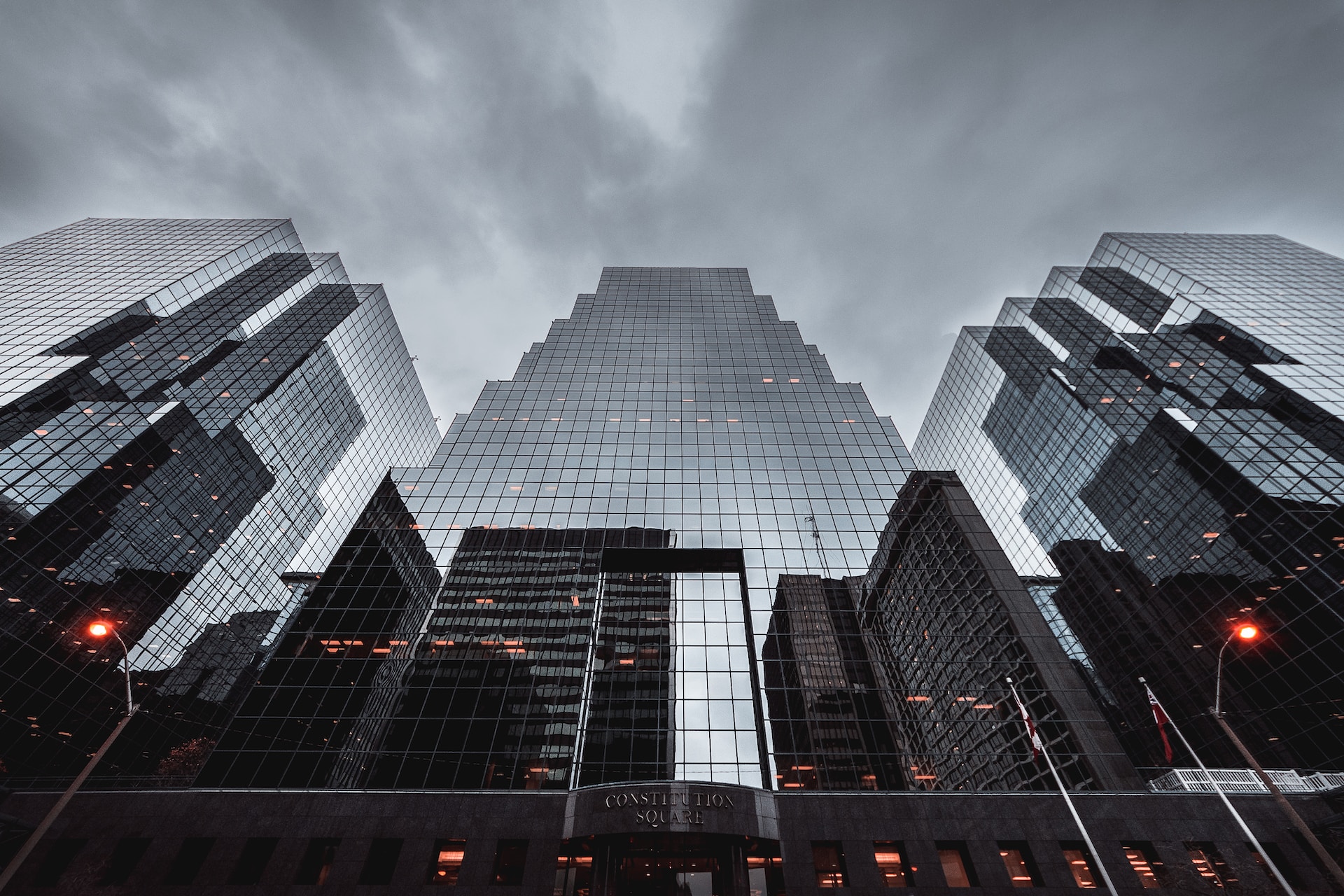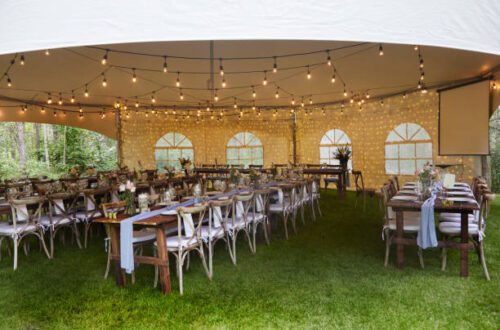Architectural photography is a captivating genre that captures the beauty, design, and essence of buildings and structures. This specialized form of photography requires a unique set of skills and a keen eye to portray architectural elements with precision and creativity. This listicle will delve into What Is Architectural Photography and the concepts and applications of architectural photography, exploring its significance, techniques, and potential applications in the realm of real estate, art, and documentation.
The Significance of Architectural Photography:
Architectural photography holds immense significance as it showcases the aesthetic appeal of buildings and conveys the vision and skill of the architects who designed them. Photographers in this genre play a crucial role in preserving and promoting architectural marvels, making them relevant for future generations. Through skillful manipulation of light, perspective, and composition, architectural photographers can evoke emotions and create a lasting impact on the viewers.
Key Concepts in Architectural Photography:
Now that you are familiar with What Is Architectural Photography, the following section delves into key concepts of this form of photography:
Composition and Framing:
How a building is framed and composed in a photograph dramatically influences the final result. Attention to detail, such as leading lines, symmetry, and balance, can make a significant difference in creating a visually engaging photograph. Careful consideration of the surroundings and the environment also plays a pivotal role in composing an architectural shot effectively.
Light and Shadows:
Light is a fundamental aspect of photography, and it becomes even more critical in architectural photography. The interplay of light and shadows on buildings can reveal intricate textures and patterns, adding depth and dimension to the images. Photographers often schedule their shoots during specific times of the day to capture the most favorable lighting conditions, such as the golden hour.
Techniques in Architectural Photography:
HDR (High Dynamic Range) Imaging:
Architectural photography often deals with various lighting conditions, from brightly lit exteriors to dimly lit interiors. HDR imaging techniques involve capturing multiple exposures and merging them to bring out a balanced and detailed representation of the building, capturing both highlights and shadows.
Long Exposure:
Long-exposure photography can add a touch of magic to architectural shots, especially when capturing cityscapes or buildings at night. This technique can create stunning light trails from moving vehicles and emphasize the play of lights in urban landscapes.
Applications of Architectural Photography:
Real Estate Marketing:
Architectural photography is widely used in real estate to showcase properties in their best light. High-quality images that highlight a property’s design, features, and aesthetics can attract potential buyers and make a substantial difference in marketing campaigns.
Architectural Documentation:
Architectural photography is crucial for documenting the process and progress of construction projects. It helps architects, engineers, and contractors to review their work, understand the development stages, and identify areas for improvement.
Conclusion:
Architectural photography is an art that celebrates the grandeur of human creations while reflecting the vision of the architects who designed them. By understanding the concepts of composition, lighting, and perspective, photographers can breathe life into buildings through their lenses. This genre finds applications in real estate marketing, architectural documentation, and artistic expression, making it a versatile and influential field in photography. Whether it’s the iconic landmarks of a city or the hidden gems of historical significance, architectural photography captures the essence of our built environment, preserving it for generations to come.






